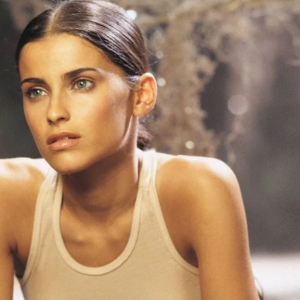Sometimes, one photo can change everything. In November 1985, a haunting image of a young Colombian girl trapped in a volcanic mudflow stunned the world. Her name was Omayra Sánchez, and she was just 13 years old. Her eyes were bloodshot, her hands pale and swollen, her face etched with pain—but she remained composed. Behind the camera was French photographer Frank Fournier, whose decision to document, not intervene, sparked a controversy that still divides people today.
So why didn’t he help her? Let’s explore the moment, the man behind the lens, and the moral dilemma that has haunted photojournalism for decades.
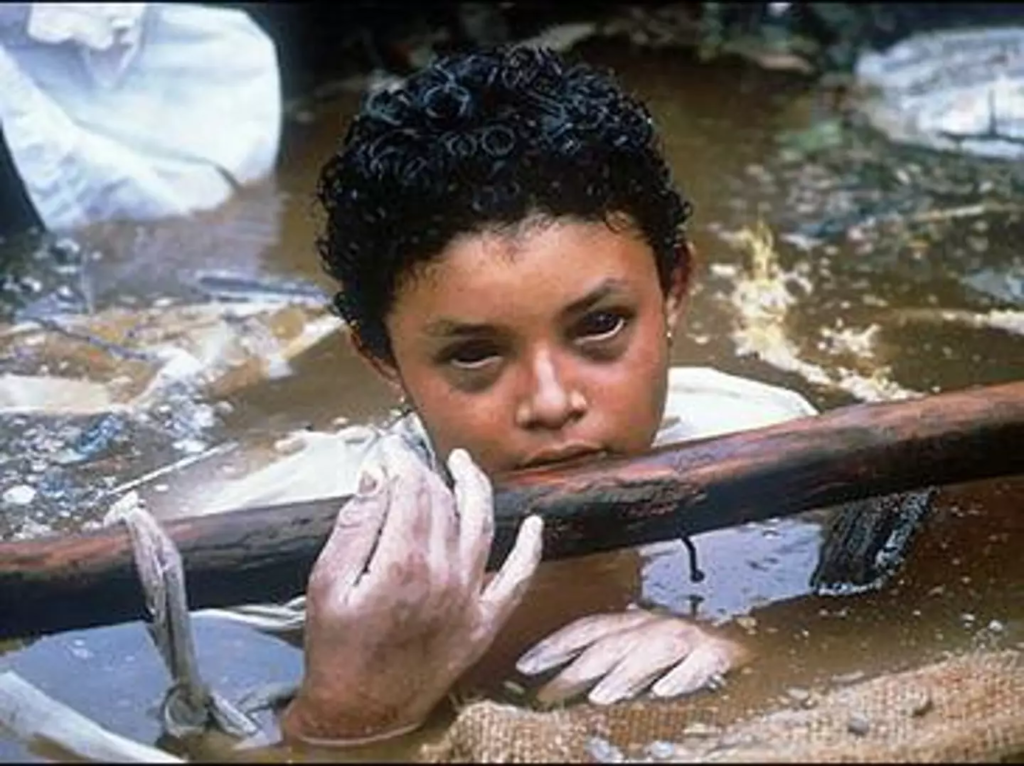
The Tragedy of Armero: A Town Swallowed by Mud
On November 13, 1985, the Nevado del Ruiz volcano erupted in Colombia, melting the glacier that covered its peak. What followed was a catastrophic lahar—a fast-moving river of mud, ash, and debris that swallowed the town of Armero. Within hours, nearly 20,000 people were gone.
Warnings had been issued. Scientists predicted the risks. But little was done. Armero had no evacuation plan, and when the lahars struck, they did so with unrelenting force.
Video: The girl who moved the world – The Story of Omayra Sanchez
Omayra Sánchez: A Face That Became a Symbol
In the ruins of Armero, rescue workers found Omayra Sánchez, trapped waist-deep in the cold, cement-like mud of her collapsed home. A concrete slab pinned her legs beneath waterlogged debris. Attempts to free her failed. Without the right equipment—no helicopter, no pump, no medical expertise—there was nothing anyone could do.
And so, she waited. For three days.
Cameras rolled. Journalists watched. Rescuers comforted her, sang to her, brought her food. But time ticked on, and Omayra’s condition deteriorated. Yet she stayed remarkably calm. She spoke of school, of her family, and even asked rescuers to rest.
The Photo That Froze Time
Frank Fournier arrived at the scene and was immediately struck by Omayra’s courage. He snapped a photo—just one frame that captured her strength, her dignity, and the heartbreaking helplessness of the moment. That single image became iconic, appearing in newspapers and magazines worldwide. It won World Press Photo of the Year in 1986 and helped draw international attention to the disaster.
But not everyone saw it as an act of journalism.
Why Didn’t He Help Her?
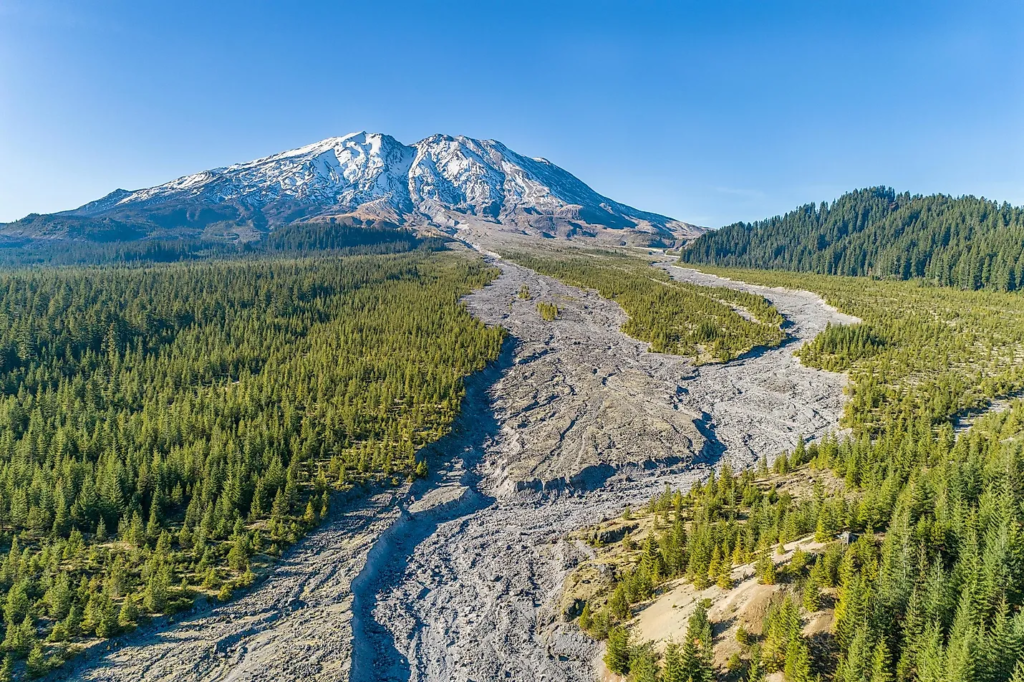
As the image gained fame, critics asked an uncomfortable question: Why didn’t you help her?
Fournier later addressed the backlash in interviews. The answer, he said, was brutally simple: he couldn’t. Omayra’s legs were hopelessly trapped. Rescue teams had no equipment to extract her without risking her life further. Medical staff warned that if they pulled her out, she would likely bleed to d*ath or go into shock.
“I was not there to do more than document what was happening,” Fournier explained. “Of course, I would have saved her if I could. But I couldn’t.” He added, “I thought the photo might make a difference. I hoped it would wake people up.”
The Ethics of Photojournalism: A Thin, Fragile Line
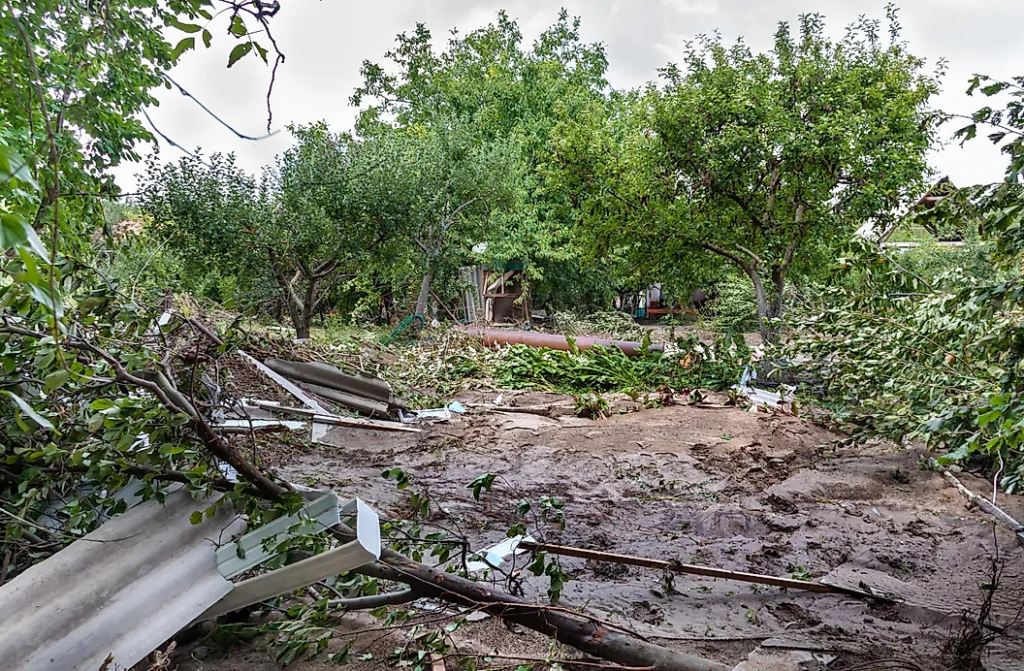
The debate over Fournier’s actions goes beyond this one tragedy. It touches on a larger question that photojournalists face every day in war zones, disaster sites, and humanitarian crises: When should you drop the camera and intervene?
Fournier wasn’t alone. Other reporters and rescue workers were present. All were devastated. Many tried to comfort Omayra. But none could save her.
In documenting her story, Fournier believed he could give her a voice. He believed that showing her strength in the face of d*ath would push the world to act—not just in Armero, but in future disasters.
Omayra’s Last Words: A Heartbreaking Goodbye
Video: Omayra Sanchez – Traped
As the third night fell, Omayra began hallucinating. She asked about school. She told people around her she needed to take a math exam. And eventually, she whispered her last words:
“Mommy, I love you so much. Daddy, I love you. Brother, I love you.”
On November 16, 1985, Omayra d*ed—most likely from hypothermia or gangrene.
Her mother and brother survived the eruption. Her mother later said, “It is horrible, but we have to think about the living… I will live for my son.”
The Aftermath: Anger, Grief, and Accountability
The Armero disaster didn’t just take lives—it exposed deep flaws in the Colombian government’s disaster preparedness. Scientists had warned of an eruption for weeks. But bureaucracy, poor communication, and political hesitation led to inaction.
Omayra’s photo became a rallying cry for accountability. People demanded answers. They demanded change. Her d*ath, while agonizing, became a symbol of the cost of government failure.
Fournier’s Reflection: Capturing Truth, Not Exploitation
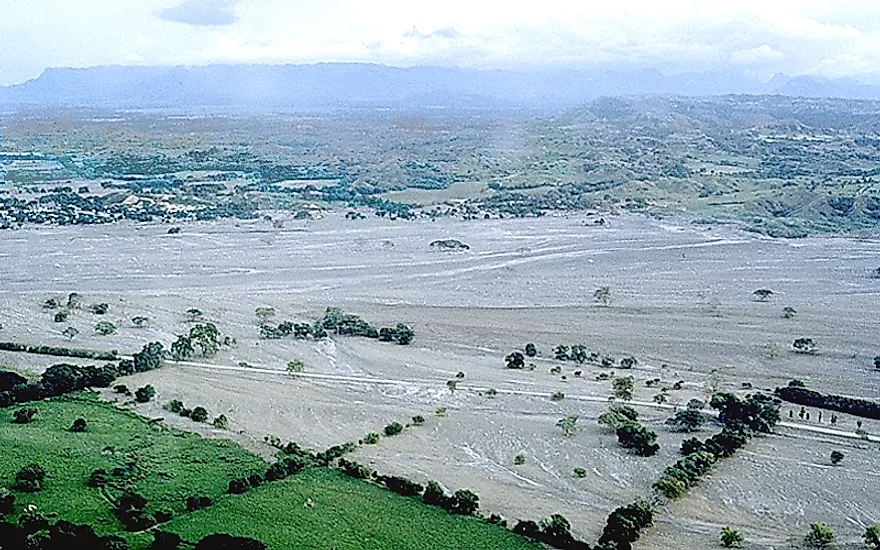
To this day, Fournier stands by his decision. He has said, “I don’t regret taking the photo. I regret that I couldn’t do more.”
For him, the image wasn’t about exploitation—it was about bearing witness. About showing the world what happens when warning signs are ignored. About honoring a girl who, even in her final hours, displayed unimaginable strength.
Legacy of a Photo—and a Girl Who Refused to Break
Decades later, Omayra’s name still carries weight. Her story is taught in journalism classes, discussed in ethics debates, and remembered by those who saw her photo and were changed by it.
Her memory lives on as a reminder of the human cost of inaction, the limits of rescue, and the power of one image to move the world.
Conclusion: When a Photo Becomes a Voice
Omayra Sánchez didn’t survive the lahar. But her courage, and the photo that captured it, made her story impossible to ignore. Frank Fournier couldn’t pull her from the mud—but his lens helped pull her into the hearts of millions.
Sometimes, the most heartbreaking truths are the ones we must look at—not to sensationalize, but to remember. To do better next time. To never forget the face of the girl who held on until the very end.

